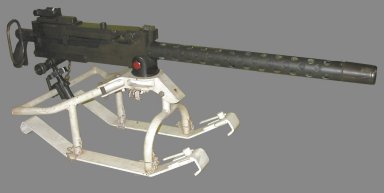tomahawk6
Army.ca Legend
- Reaction score
- 59
- Points
- 530
The value that yourRangers is important. Our equivalent are the Eskimo Scouts. They would conduct patrols on snow machine or ski after being dropped off by helicopter. They have been downsized through the years but I remember the stir that a Scout patrol caused when they brought back Russian C ration cartons and cans from a Russian commando visit to a beach on Alaska's west coast.

